2017 saw a lot of traditionally speaker manufacturers jump on board the smart speaker train. We had Google and Amazon test the waters first but their speakers were smart first and speaker second. Now that they have improved their respective digital assistants it is time for the companies who know how to make great speakers to incorporate these into their high quality speakers.
JBL are one such company known for their speakers and they have stepped into the market segment with a variety of smart speakers, the Link 10, Link 20 and the Link 300. The Link 10 and Link 20 are portable smart speakers, waterproof and with Google Assistant built in.
Read on to find out what we thought of the Link 10.
What’s in the Box
The box itself is a decent box that opens nicely with an opening flap to reveal the speaker underneath a black cushioning separator. The speaker arrives in a soft cloth giving a nice premium feeling to the package.
Along with the usual warranty information there is a booklet which has a quick rundown of the buttons and their functionality on the Link 10, a reminder that the speaker has an IPX 7 waterproof rating, the specifications and the instructions to download the Google Home app to connect to the speaker correctly.
Setup
If you’ve ever set up a Google Home (or Mini) speaker you’ll be familiar with this process. You’ll need the Google Home app (available free in Google Play or the Apple app store) and once it’s installed the app will note the presence of a new speaker in the vicinity and prompt you with a card to set it up.
Setup is relatively painless, it uses a Wi-Fi direct connection to connect the speaker to your network, and once it’s connected you simply name it (usually with the location you’ve put the speaker in) and it then completes a check for any firmware updates, matches any voice print you’ve assigned previously and you’re done — you can also name it whatever you want (remember it can get confusing the more speakers you get so try to be specific).
The Hardware
Let’s talk about the build of this speaker first before discussing what’s inside. The outside is a standard metal grill that wraps around in a square cylinder (if there is such a thing? A rounded box?) with the seam along the back. The back also houses the power button, the button to turn off Google Assistant and the charging port (underneath a waterproof flap).
The front of the speaker has the Google Assistant lights (only coloured when connecting a Bluetooth device to it) as well as a Wi-Fi light to signify when Wi-Fi is connected. I attempted to use this speaker in the bedroom as my alarm clock but unfortunately this Wi-Fi light could not be turned off and made the room far too bright. It is thus not suitable for bedroom use.
The bottom is a non-slip rubber while the top has the interface controls of the next and previous, a play/pause button and a Bluetooth button. There is also a central Google Assistant logo which triggers the Google Assistant (when “Hey Google” or “OK Google” doesn’t work?).
The speaker is a very solid feeling device that has some heft to it (~700 grams) giving the impression of a well built speaker. Inside the 169mm tall speaker are two 45mm transducers producing 2 x 8W of popwer with a frequency response of 65Hz–20kHz and a sound-to-noise ratio of >80dB. Along with these speakers there is support for Wi-Fi 802.11b/g/n/ac (2.4/5GHz), Bluetooth 4.2, Google Assistant and Chromecast.
The size of the speaker is significant to me because the speaker is designed to be a portable, IPX7 waterproof, speaker the smaller the better. For a speaker to do this in my opinion it must be compact and easy to carry around — the JBL Link 10 fits this bill for me, although in saying that, the JBL Link 20 is only 40mm taller and 7mm wider.
The battery inside is 4000mAh which can provide up to 5 hours of playback, long enough for any party I plan on giving or going to (#getoffmylawn). In my real world testing I managed to get just under that five hours of playback, with Google Assistant running along with streaming of Google Play Music at a fairly decent volume.
The power saving nature of the JBL Link 10 is a good thing but also means that if you want to use it as a permanent Google Assistant speaker you will need to leave it plugged in. After a while of leaving it standing, unplugged it turned itself off and was no longer responsive to any voice commands. It is easy to power it back on but not ideal if needed for permanent assistance — plug it in if this is your use case.
Sound Quality
Playback
The playback is much better than I expected. The speaker lacked the bass that more traditional speakers have but by itself it provided loud, crisp mids and highs. By itself the speaker is quite good and is the best portable speaker I have ever tested.
I tested the sound of the JBL Link 10 against a variety of speakers just to see how it compared to others. First I placed it next to the Google Home and the Link 10 blew it away.
Next to the Sonos One it competed well but lost out in the end due to the sheer extensive range the Sonos One covers (deeper, louder bass, richer sound). The Sonos One is not portable, not waterproof and more expensive. Each has their own use case.
I even compared the Link 10 to a relatively new Bose Soundlink Mini II and came away even more impressed. The sound was louder, the mid to high levels were crisper and cleaner and while the Bose seemed to have more bass it sounded “muffled” in comparison.
I used the JBL Link 10 outside while entertaining at a BBQ as well as my regular TRX workout in the garage and both times it connected to my Google Wi-Fi network immediately without an issue. The sound was great on both occasions and easily controlled either with phone or the speaker buttons themselves.
Using the speaker as a Bluetooth-only device was just as easy to do. It easily paired, interestingly giving the name in the Bluetooth list that I’d previously given in via the Google Home app.
Microphones
The far-field microphones that companies are putting into these speakers seem to be far more impressive than I thought they would be. The JBL Link 10 was able to easily hear correctly my voice from the next room (while speaking relatively quietly so my phone would do the required command and not the speaker) and of course while in the same room as the speaker.
I tested the microphone of the speaker when playing some very loud metal (the loudest the speaker could go). All I had to do was speak slightly louder than standard conversational volume for the speaker to hear my voice commands. It was impressive to say the last.
Should I get one?
The JBL Link 10 is a mid-range speaker. It provides a decent sound that lacks heavy bass but still sounds better than a lot of other speakers out there. The Google Assistant microphone works amazingly well, even when it is playing some loud music at the same time.
The JBL Link 10 does some things that other smart speakers do not. It is waterproof and portable. That is a sell right there for a lot of people. A portable digital assistant speaker (or possibly more importantly, a portable Chromecast speaker).
It is not the cheapest speaker at $229AUD but is certainly not the most expensive — it can be found cheaper if you look around. The speaker is priced where it sound sits in the range of speakers. Decent sound with some extras — better sound than Google Home but not up to Sonos One. If you are looking for a decent portable speaker with Chromecast and Google Assistant built in then this is the speaker for you.
The JBL Link 10 is available at most decent electronics stores including JB Hi-Fi, The Good Guys and Harvey Norman right now.
For those who don’t mind spending a bit more the Link 20 is also available from the same stores for a RRP of $299AUD. It is also portable and waterproof but has a longer battery life and slightly more powerful speakers (10W). JBL also make a larger permanent Google Assistant speaker, the Link 300, which retails for $349 and although is not available just yet it apparently will be imminently.

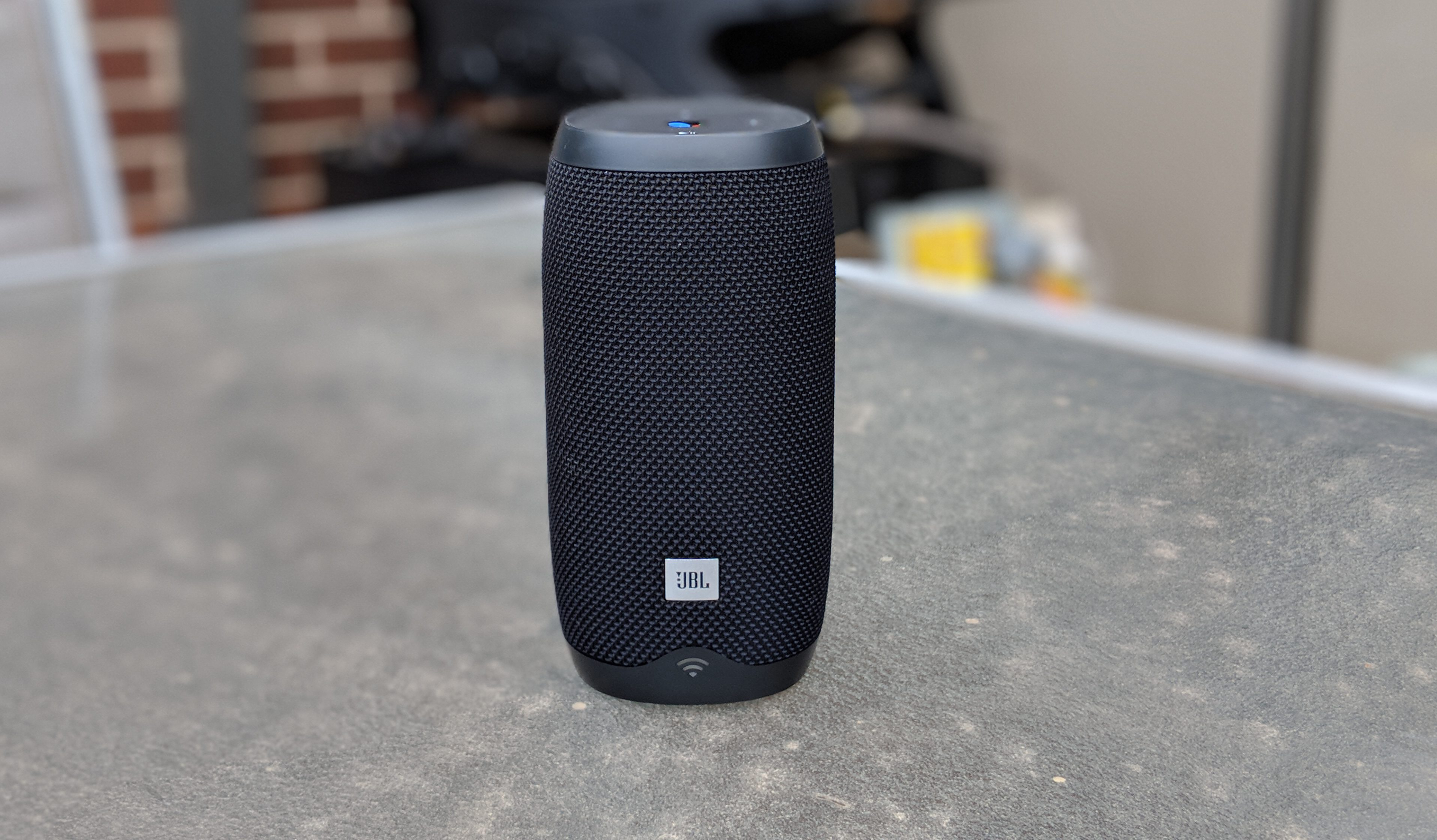

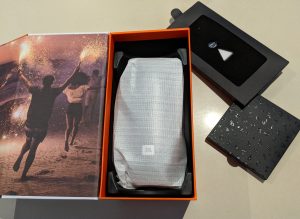
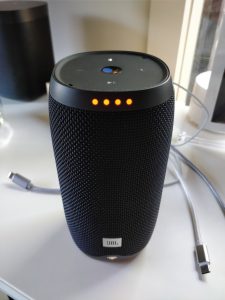

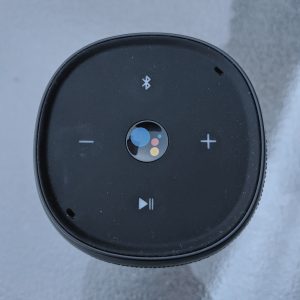


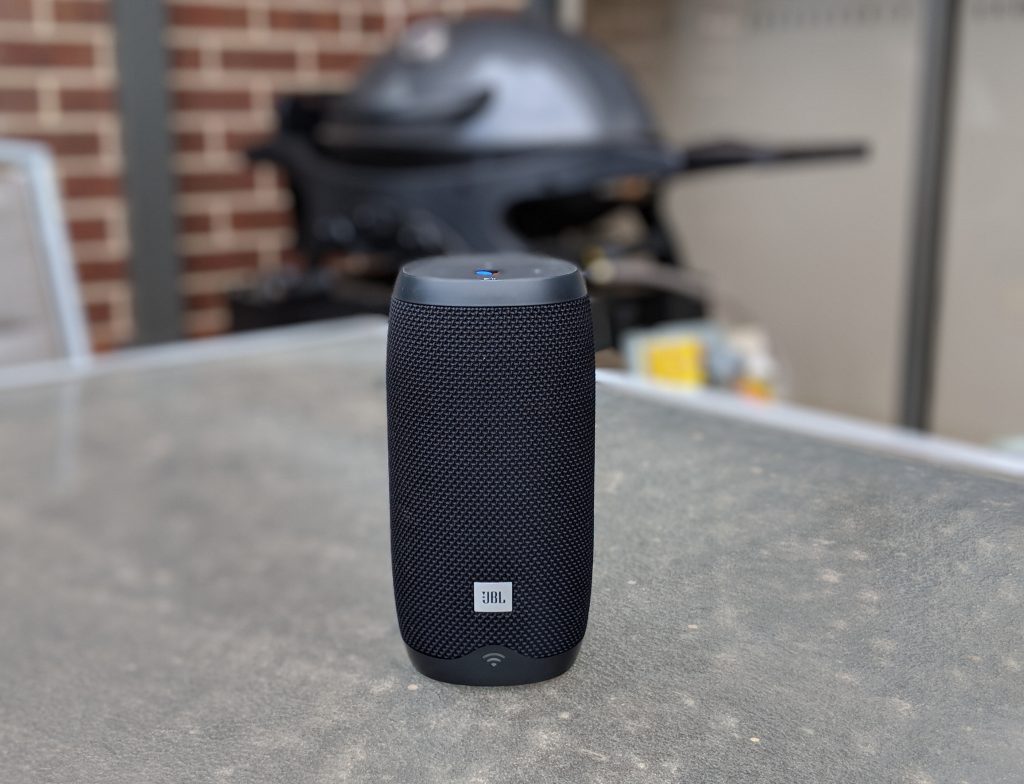



Nice review. Thanks
Seeing as I consider the sound from a Google Mini to be satisfactory, all I can say is that it seems in a lot of cases you are paying for a name.
Thanks for the review Scott, I’ve been eyeing off the Link 20 for a while now, want to use it at my new house near the pool.
How are new features for Google assistant rolled out to these non Google speakers? Do they get then at the same time as the Google speakers? Google assistant on the phone is less capable than on Google Home. Is the same true about a JBL speaker and Google home?
Same software update all the others receive. They do all get them at the same time as it is a switch that Google turn on server side. The marrying up of Google Assistants’ capabilities is something Google have said they will do this year. Android Auto GA is now the same as the phone and on Google Home. I suspect the phone one must be the same now too. There is no different functionality with the digital assistant between the 2.
One or 2 weeks ago, my daughter asked me how many days till her birthday. I was driving at the time, so asked Google on my phone. It could not do it. Tried it just now, and it can. So looks like Google has possibly unified the intelligence across devices.